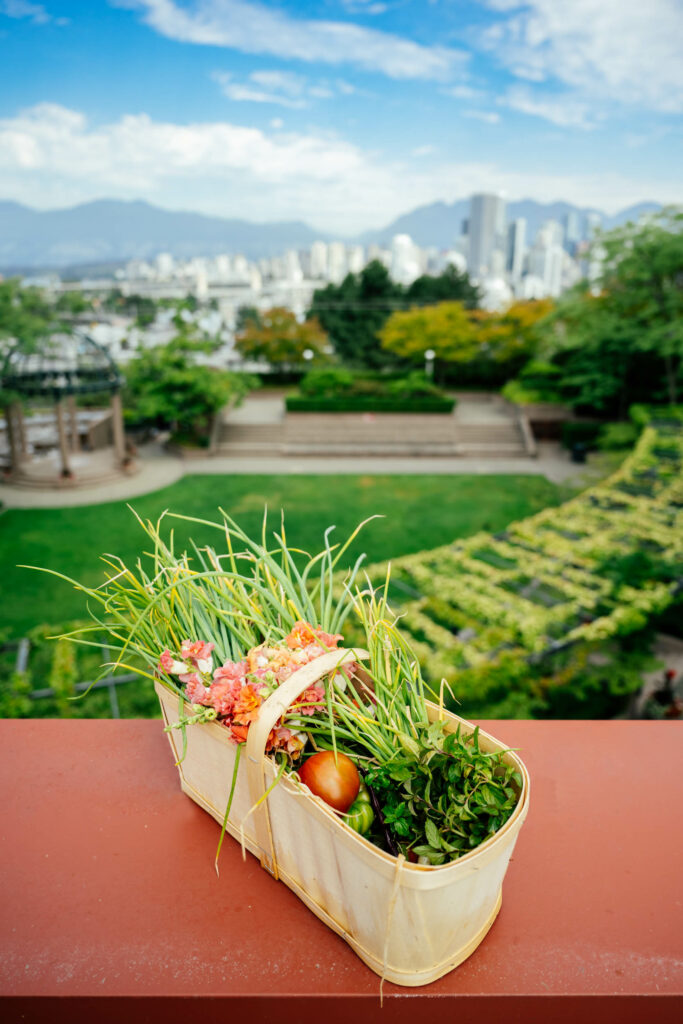Growing vegetables in the winter can be a rewarding experience, but it does require some special considerations and planning. Here’s a guide to help you grow vegetables during the winter months:

1.Timing and Planting:
Start your winter vegetable garden in late summer or early fall, depending on your region’s climate. Planting times may vary, but aim for 6-8 weeks before the first expected frost. Make sure to check your local frost dates for accurate timing. Keep in mind that not all vegetables are suitable for winter growing. Some cold-hardy vegetables that thrive in colder temperatures include: kale, spinach, swiss chard, winter lettuce varieties (e.g., Mâche, Winter Density), brussels sprouts, carrots, beets, turnips, radishes, cabbage, broccoli, cauliflower, parsnips, and onions (from sets).
2.Provide Adequate Sunlight:
Winter vegetables still need sunlight to grow. Ensure your garden receives at least 6 hours of sunlight a day. If this is not possible, consider using reflective materials or cold frames to maximize available light.
3.Soil Preparation:
Prepare your soil by adding organic matter like compost to improve its fertility and drainage. Well-draining soil is essential to prevent waterlogging during winter. Consider using raised beds to improve drainage and insulation.
4.Use Mulch:
Applying a layer of mulch around your winter vegetables can help maintain consistent soil temperature and prevent frost damage. Straw, shredded leaves, or compost are good choices for mulch.
5.Fertilization:
Apply a balanced, slow-release fertilizer or compost in the fall to provide your winter vegetables with essential nutrients. You can also side-dress with nitrogen-rich fertilizer as needed during the growing season.
6.Watering:
During the winter, plants generally require less water than in the summer. Water your plants when the soil is dry to the touch, but be cautious not to overwater, as this can lead to root rot in cold, wet conditions. Watering in the morning allows the plants to dry during the day, reducing the risk of frost damage at night.
7.Harvesting:
Some vegetables may slow their growth during the winter but can still be harvested. Be prepared for slower growth rates and smaller yields compared to the warmer seasons. Harvesting when the vegetables are mature but before they become overripe can stimulate new growth.
8.Plan for Succession Planting:
Plan your winter garden with succession planting in mind. This involves planting new crops as soon as you harvest the old ones to ensure a continuous harvest throughout the winter.


9.Pest Management:
While many pests are less active in the winter, some can still be a problem. Regularly inspect your crops for signs of pests and take appropriate action to control them. Use natural pest control methods or row covers to protect your plants.
10.Crop Rotation:
Practicing crop rotation can help prevent the buildup of pests and diseases. Avoid planting the same family of vegetables in the same spot year after year.
11.Extend the Season:
If you want to push your growing season further into the winter, consider using a greenhouse or high tunnel to provide a warmer environment for your plants. Consider using cold frames, they are like mini greenhouses and can extend your growing season.
12.Stay Informed:
Keep track of local weather forecasts and be prepared to provide extra protection when temperatures are predicted to drop significantly. You can also join local gardening clubs or forums to get advice from experienced winter gardeners in your area.
Remember that winter gardening can be a bit more challenging than traditional growing, but with some preparation and care, you can enjoy fresh, homegrown vegetables even in the coldest months. By following these guidelines and adapting to your local conditions, you can enjoy fresh, homegrown vegetables throughout the winter months. Winter gardening not only provides nutritious produce but also a rewarding and therapeutic outdoor activity during the colder season.
